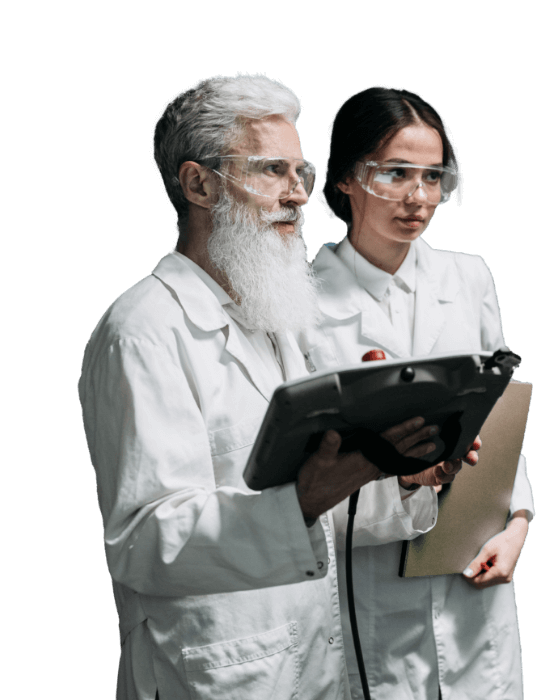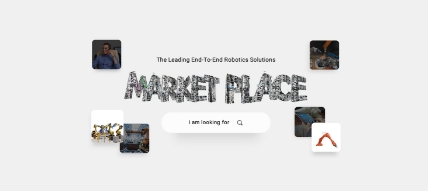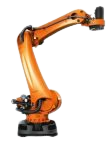• Recognizes the inclination and position of the pieces
• Automatically adjusts the painting path.
• High standard quality services
• Painting applications for metal and plastic components
• DACH regions
€47.850,00
This product sold by vendor
The 3D Image system is a system consisting of management software and one or more 3D scanners mounted on a line capable of recognizing the size of three-dimensional objects and associating the corresponding painting program.
In a first phase of work the programs for each type of piece are created, after which it is simply necessary to load the supply line with the pieces to be painted.
The 3D image system pro will take care of recognizing the pieces through its 3D scanners and applying the relative painting program.
It recognizes the inclination and position of the pieces and automatically adjusts the painting path.
It can distinguish between objects of different thickness.
It recognizes the real position and adjusts the painting path.
| Application | Painting |
|---|---|
| Country of origin | Switzerland / Italy |
| Country of shipment | Switzerland |
| Vendor ID | SP011-0191-RT |
| About Vendor | Our vendor is revolutionizing the manufacturing industry by providing high-tech robots to small and medium-sized enterprises for a monthly wage of a painter. Our vendor is specialist in the following applications: painting, sandblasting, washing, spraying. Their main focus is to offer high quality standard services. |
| Comments | Protection class: ATEX zone 2/22 Cat. 3G |
You must be logged in to post a review.
Some key features:
• Arm material: Casting of light alloys
• Repeatability: ±0,05 mm at the wrist
• Full speed: 1500 mm/s
• Possible configurations: Floor, carriage, carousel
• Power supply: 3×400 VAC
• Programming: 2D and 3D vision systems
• Additional systems: Image 2D and 3D systems
The software allows the following changes:
• Speed
• Acceleration
• Distance from the piece
• Gun parameters
• Painting corner
How does it work?
• Import of 3D models in STL and STEP format
• 360 ° view of the environment surrounding the robot (even during simulation)
• Creation of automatic grids on surfaces to help generate the paths
• Creation of automatic grids on surfaces to facilitate the generation of paths
• Robot cycle simulation, with verification of reach limits and cycle times
Some key features:
• Repeatability: ±3 mm at the wrist
• Full speed: 700 mm/s
• Power supply: 3×400 VAC
• Programming: Offline
• Time effective solution: The wrist is applied to a linear belt guide
• Flexibility: Length, height and depth of the structure can be customized
• Additional systems: 2D and 3D vision systems
The software is associated with a 3D scanner used with the carousel system. This scanner
is able to identify the surface load of three-dimensional objects and generate a painting path autonomously.
Directly from the Robot Controller screen it is possible to create specific recipes for each type of product
that needs painting. Each program can then be recalled by reading the barcode though a scanner or directly
from the touch screen.
Some key features:
• No thickness limits
• Able to generate painting paths even for curved items.
• Painting for wood, metal and plastic components
Some key features:
• Arm material: Aluminum
• Total weight: 72 Kg
• Repeatability: ±1,5 mm at the wrist
• Full speed: 600 mm/s
• Possible configurations: Upside down, floor, carriage, carousel
• Power supply: 3×400 VAC
• Programming: Offline, Point to point lite
Some key features:
• Total weight: 380 Kg
• Repeatability: ±3 mm at the wrist
• Full speed: 1000 mm/s
• Possible configurations: Upside down, floor, carriage, carousel
• Power supply: 3×400 VAC
• Programming: Self-learning, Point to point lite, offline
• Painting for wood, metal and plastic components
• Additional systems: 2D and 3D vision systems
Unlike conventional devices, the integration of imaging technologies on six-axis robotic arms gives a high degree of flexibility in monitoring the complex curvature on both sides of the inspected object, allowing non-destructive testing (NDT) to be expanded and improved. Robots allow to scan a sample with the use of X-ray from a different perspective to locate defects more easily, quickly, and better.
One of the major advantages is that the system can be moved to the object to be inspected. This is in sharp contrast to common industrial CT systems where the sample has to fit inside. Our machine can get to the sample.
KUKA linear units are translational motion units Linear units can be used to extend a robot?s work envelope or alternatively to move workpieces or tools within the work envelopes of a number of robots. This allows applications such as the tending of more than one machine or fixture, order picking from rows of pallets, or work on very large components. Control of the linear unit is integrated as a mathematically coupled axis in the robot controller, dispensing with the need for an additional controller.
There are many passages of Lorem Ipsum
There are many passages of Lorem Ipsum
There are many passages of Lorem Ipsum
Why Shop On Our Marketplace?
Our experts will support you
whenever you need us.
We guarantee to find you the
best solution at the best price.
International online and offline
trade and services.

RSM Team will source it out for you! !



for filling out your information!
We will look over your message and get back to you ASAP
Start to maximize the value of your assets with us.
Reviews
There are no reviews yet.